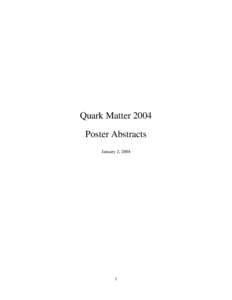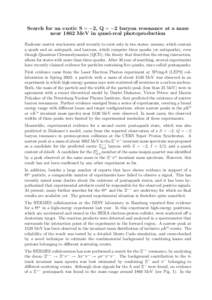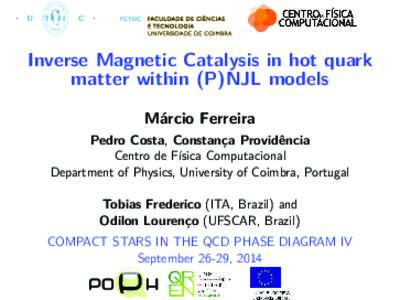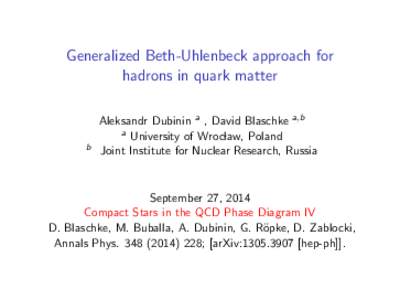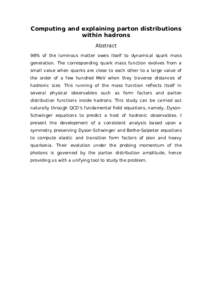<--- Back to Details
| First Page | Document Content | |
|---|---|---|
 Date: 2014-11-17 15:14:17Condensed matter physics Sensors Quantum electronics Quark matter Josephson effect Niobium Cryogenics Superconducting tunnel junction Rapid single flux quantum Physics Matter Superconductivity |
Add to Reading List |
 Cryogenic Computer Complexity (C3) The Path to the Next Generation of High Performance Computers Program Manager: Dr. Marc Manheimer; E-mail: [removed] The ultimate program goal is a prototype superconduct
Cryogenic Computer Complexity (C3) The Path to the Next Generation of High Performance Computers Program Manager: Dr. Marc Manheimer; E-mail: [removed] The ultimate program goal is a prototype superconduct